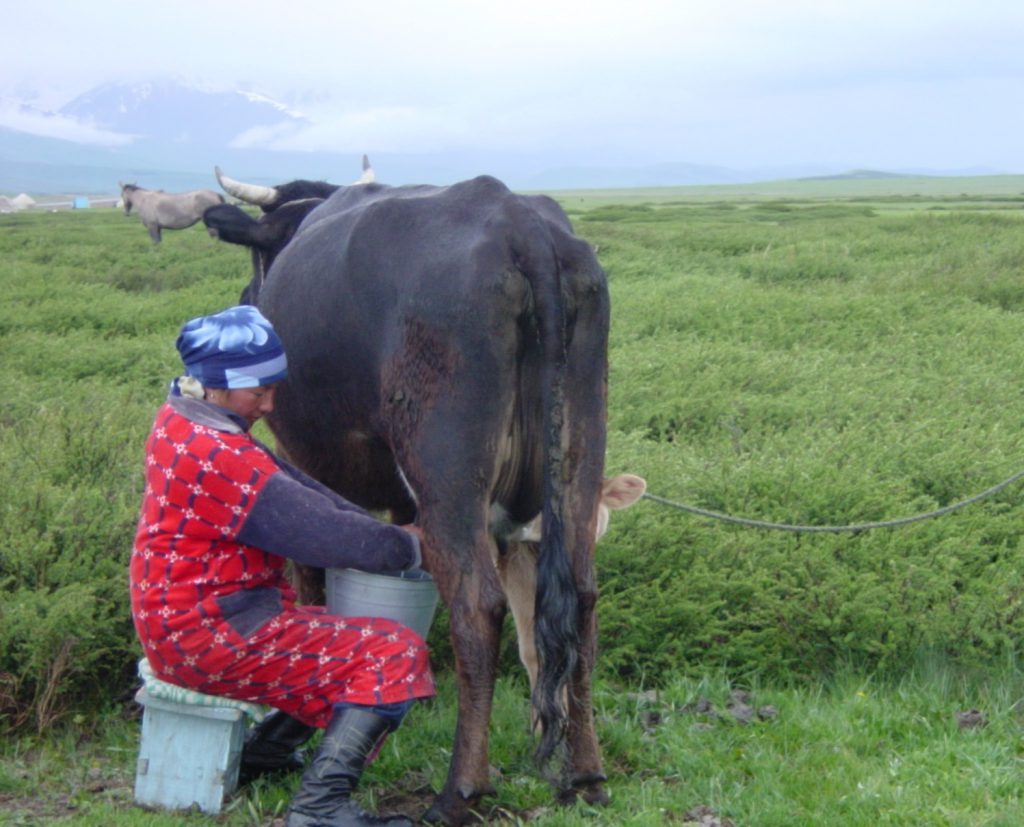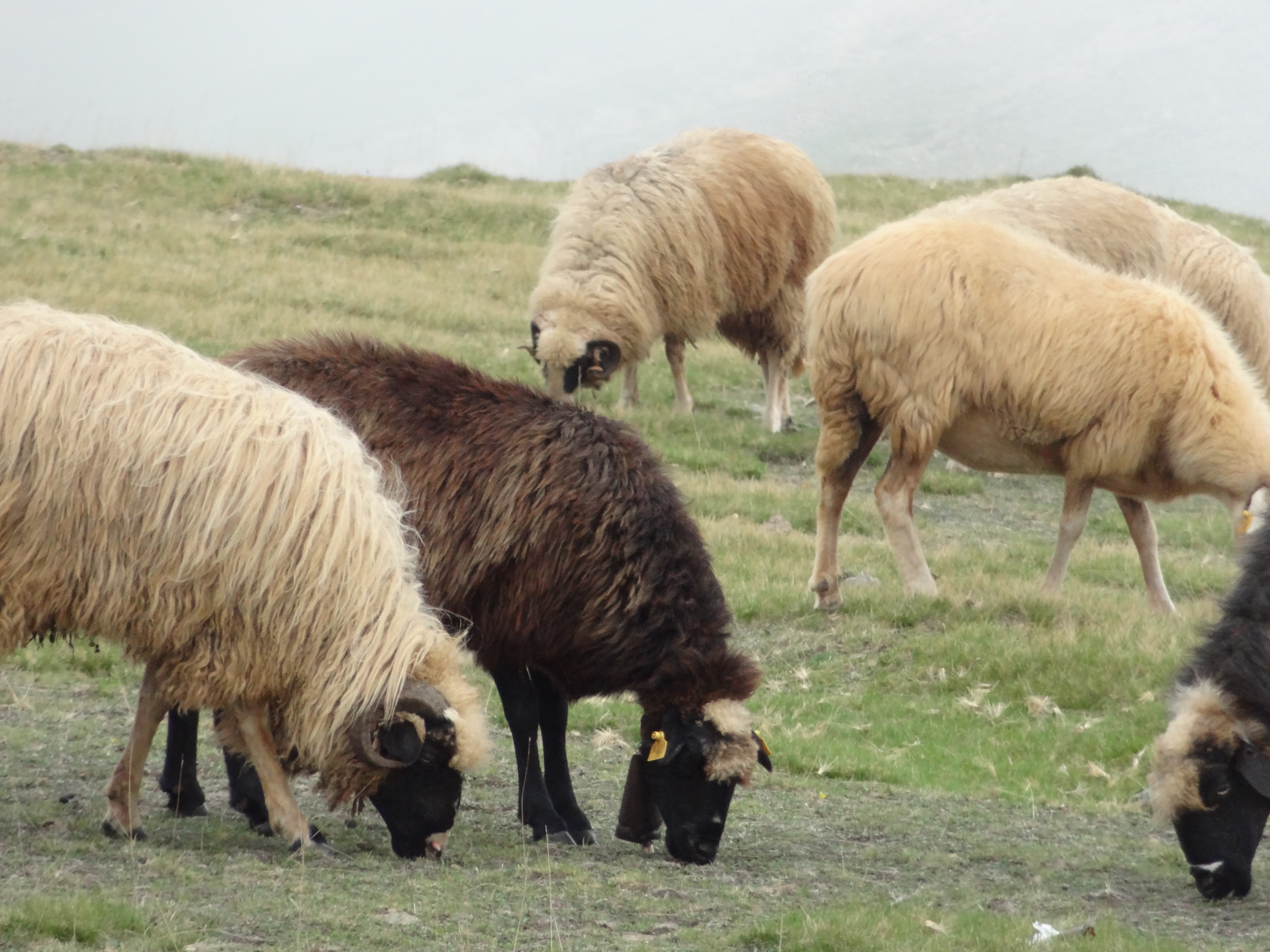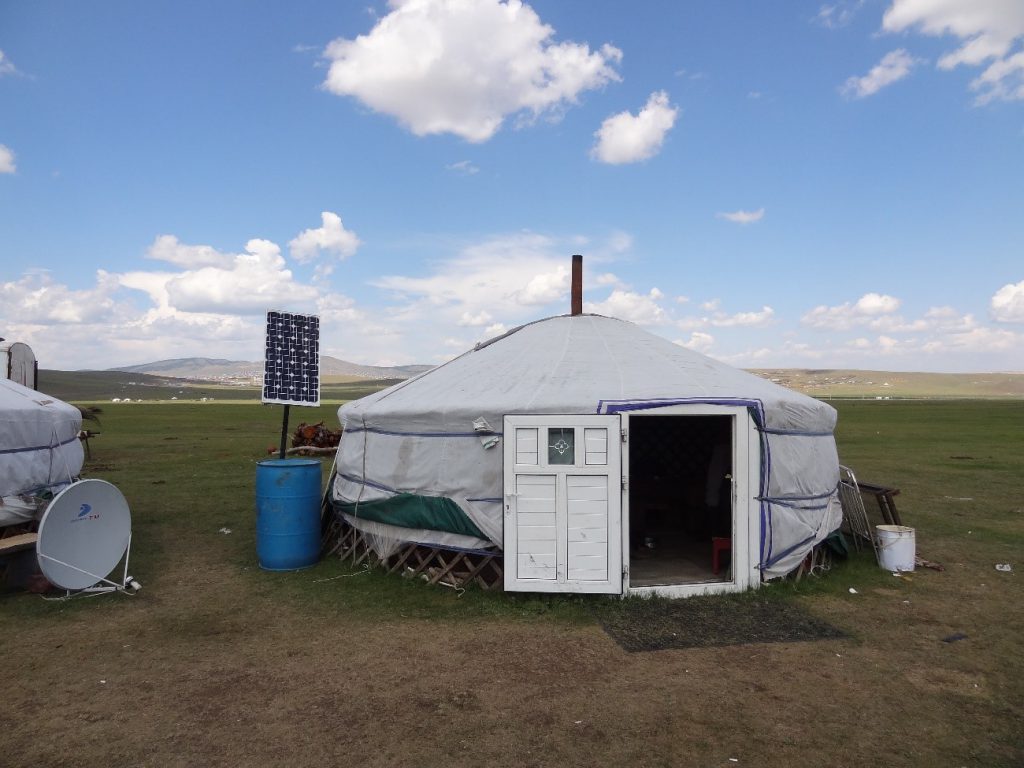Details of the Initiative
Nomadism is a lifestyle of moving seasonally for grass land suitable for herds and using milk, fur, skin, and meat as resources while keeping animals with hooves in herds (e.g. sheep, goats, cattle, horses, and camels). It is said that while modern human beings were spreading across Eurasia from 50,000 years ago, people who spread from the Middle East to Central Asia created a nomadic life. I am now engaged in a Comparative Study of Eurasian Nomadic Societies mainly in Turkey, Kyrgyz, and Mongolia with history, anthropology and geography specialists.
As human beings have “developed” from hunting and collection to settlement, nomadism has been considered as a “backward” lifestyle. However, the nomadic life is most advanced and a model of SDGs in the world today. Since a nomadic life, which began by following the movement of animals, is based on low production and low consumption, the gap between rich and poor is minimized. Teamwork between a man and a woman is essential in homes. How excellent a life in which humans and domestic animals move according to changes in temperature is compared with our life in which we settle in a fixed place using air conditioners to cause global warming. Originaly, nomads have never had the idea of owning nature. We should now learn from the wisdom of nomads who have a long history of living together with nature.



